What Is India's Big Four?
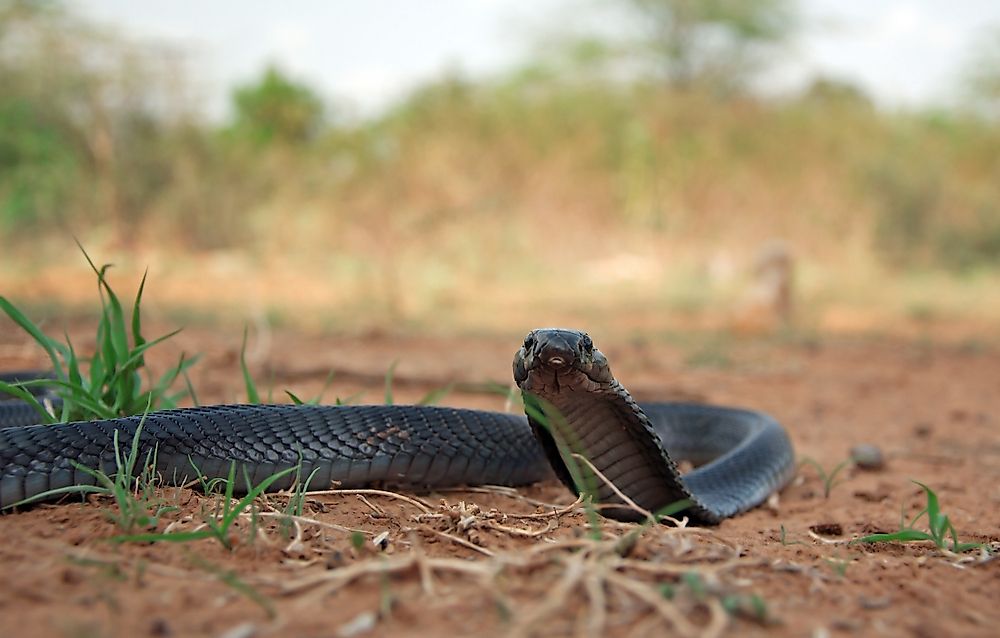
There are approximately 270 different species of snakes in India. Among these species, only around sixty of them are venomous and can cause harm or even death to humans. The rate of snakebites is exceptionally high in India. Annually, reported cases of snakebites amount to about 250,000 people of which 15% to 20% of the victims die from these bites. Below is a brief discussion of the big four snakes of India.
4. Indian Cobra (Naja naja)
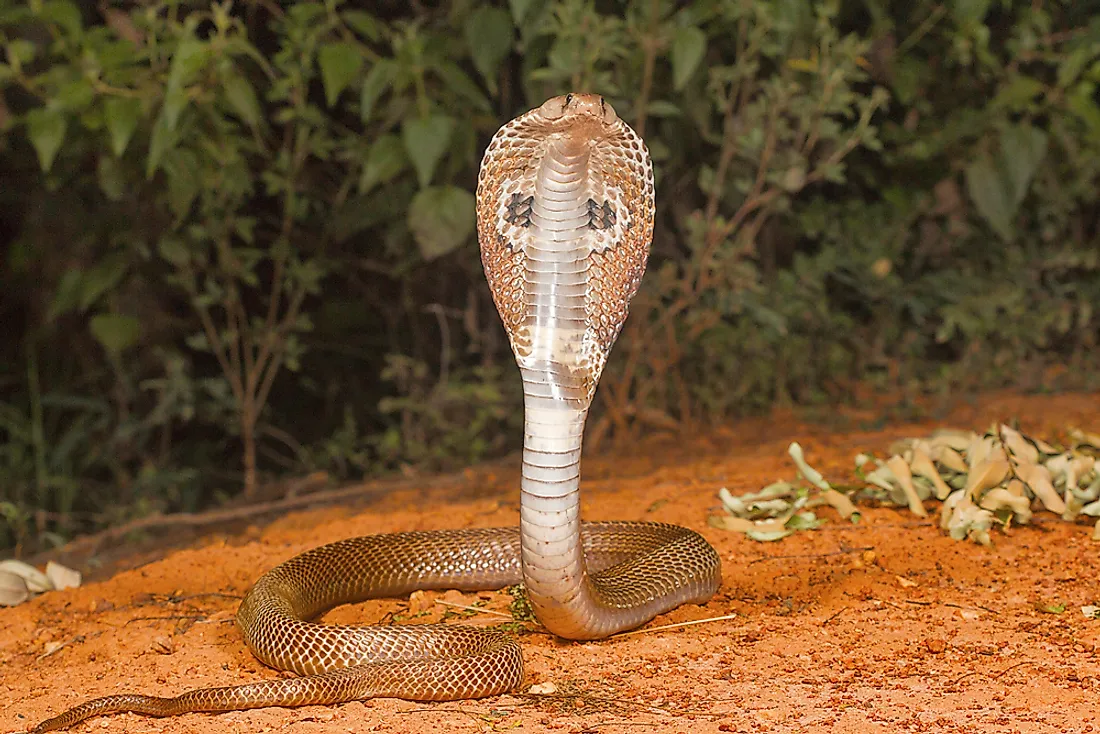
This snake is sometimes referred to as the Asian cobra, the Spectacled or the Binocellate cobra. The Indian cobra can easily be found in large part of the Indian subcontinent. It is seen nearly every part of India except for high latitudes ranging above 2,000 meters. The habitat of this snake varies immensely; it can be found existing in the dense forests, rocky environments, wetlands, agricultural lands and even in the populated centers of India. The Indian cobra spends most of its time near water bodies and mostly hides in holes, rock piles, and tree hollows. The venom of this snake is highly venomous, and in case of a snakebite, polyvalent serum is administered.
3. Common Krait (Bungarus caeruleus)
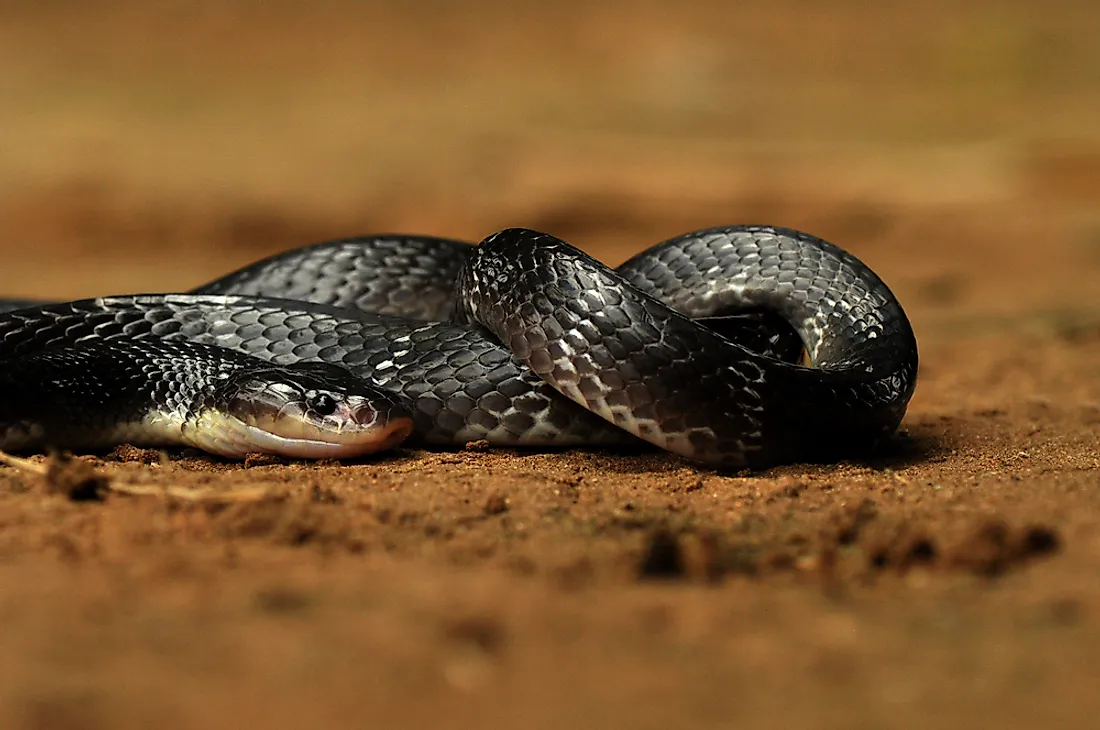
This species is sometimes referred to as the Blue or Indian Krait. It is mostly found in the Indian jungles, and among the big four snakes, the Common Krait is known to be the leading snake inflicting the highest number of human snakebites in India. The snake is ordinarily black or bluish and contains approximately forty white crossbars across its body. This snake is commonly found in Sri Lanka, South India, Nepal, Afghanistan, and Bangladesh. It can be found in a wide range of habitats such as in scrub jungles, fields, and in places that humans do not inhabit. Just like the Indian cobra, the Common Krait is also mostly found in areas that are close to water sources. This snake is usually inactive during the day, hiding mostly in rodent holes or underneath the loose soils, and primarily active at night.
2. Russell's Viper (Daboia russelii)
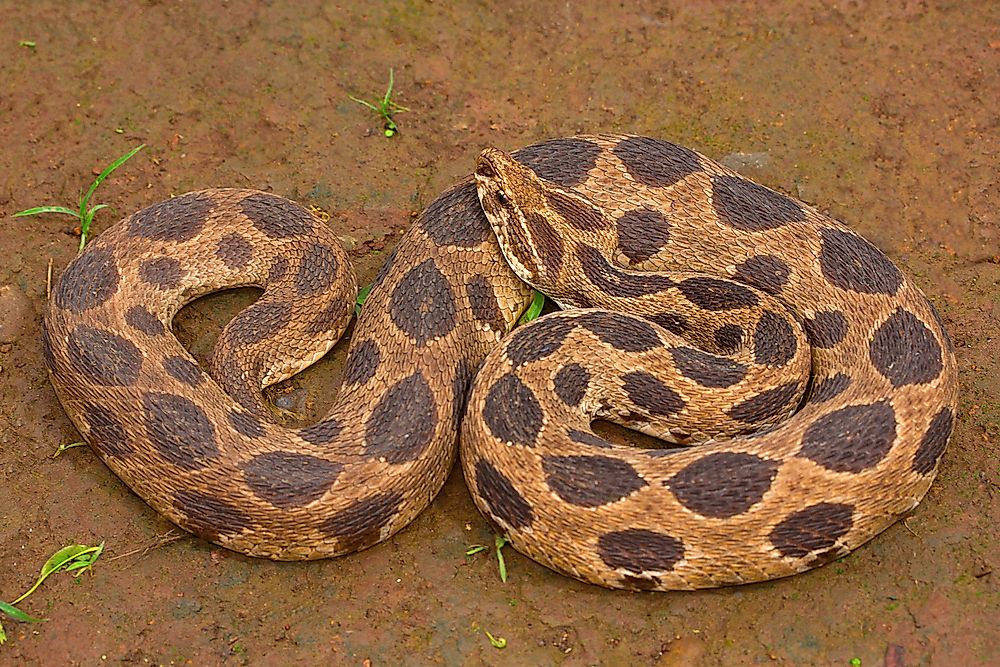
The name of this snake originates from Patrick Russell who played a significant role in defining most of the snakes in India. This species is widely distributed in India, which makes it one of the snakes that causes the most snakebites in India. The Russell’s Viper is quite aggressive and since it is found mostly in populated places, it is very dangerous. It exists in different habitats such as in agricultural fields, plains, scrub lands, and forests.
1. Saw-scaled Viper (Echis carinatus)
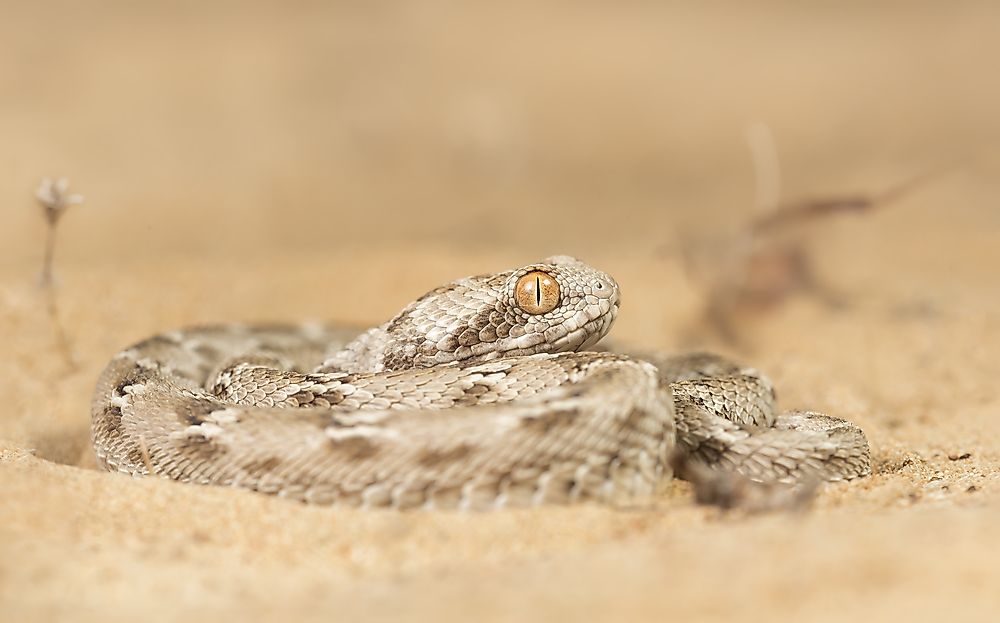
Apart from being highly found in India, the Saw-scaled Viper can also be found in some parts of central Asia and the Middle East. Among the big four, this snake is the smallest of them all. Despite its size, the Saw-scaled Viper is also responsible for quite a high number of snakebites experience in India. It is relatively inconspicuous which makes it difficult to be detected. Since it exists in highly populated places, it poses a significant danger to the lives of Indians. Apart from living in highly populated villages and urban centers, this snake also lives in rocks, soft soils, and scrub lands.











